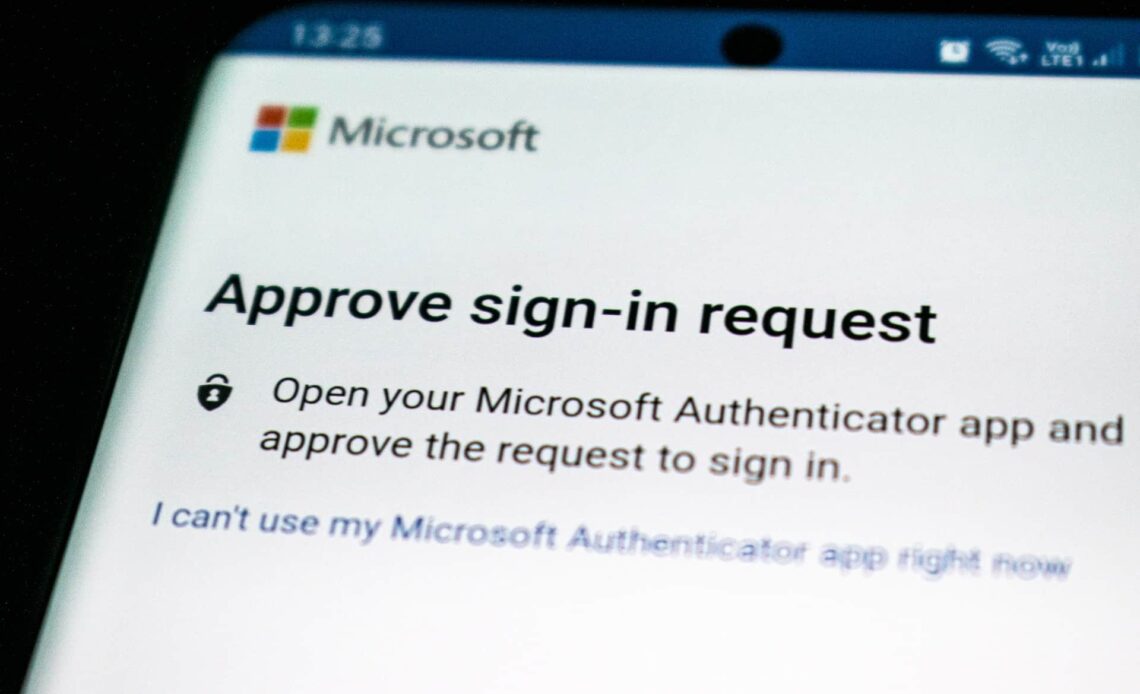Imagine this: you’re lounging in an exotic location overseas, sipping on your preferred chilled beverage of choice, and you decide to get caught up on a little personal banking.
When you go to login to your account so you can pay off one of your many Miles & Points-generating premium credit cards, your heart sinks when you receive an automated message that says something like “Login not recognized – we’re sending a code to your phone”.
In situations such as this, you’ve just run across two-factor authentication (2FA), which can be a difficult hurdle to overcome. Let’s go through the methods best suited to deal with two-factor authentication when travelling.
What Is Two-Factor Authentication?
Two-factor authentication is a security feature which has taken digital technology platforms by storm in recent years.
Essentially, it’s a system which is designed to ensure that the only person who can access your personal information is, in fact, you. It accomplishes this by placing an extra barrier to accessing this information by way of a second factor to authenticate your identity.
The first factor is typically something that you input, which could be a password, fingerprint, or even facial recognition. With data breaches occurring regularly, using a single factor to access accounts is becoming less and less possible, especially with sensitive data.
The second factor almost always comes in the form of a code which you need to enter into the platform you’re trying to access before being able to complete your login or conduct transactions. The code is usually delivered to a secondary device or service provider that only you have access to, typically via one of five methods: a phone call, a text message, an email, a push notification through your financial institution’s mobile app, or an authenticator app.
This system of authentication will usually trigger when you try to access your account from an unrecognized location, such as a new device, IP address, or web browser. When travelling, we find ourselves in new places quite often, so encountering 2FA isn’t at all unusual.
Basically, 2FA introduces a trade-off of a minor inconvenience for increased security. How minor that inconvenience is depends on your tech-savviness, your willingness to jump through hoops that…
Click Here to Read the Full Original Article at Prince of Travel…
